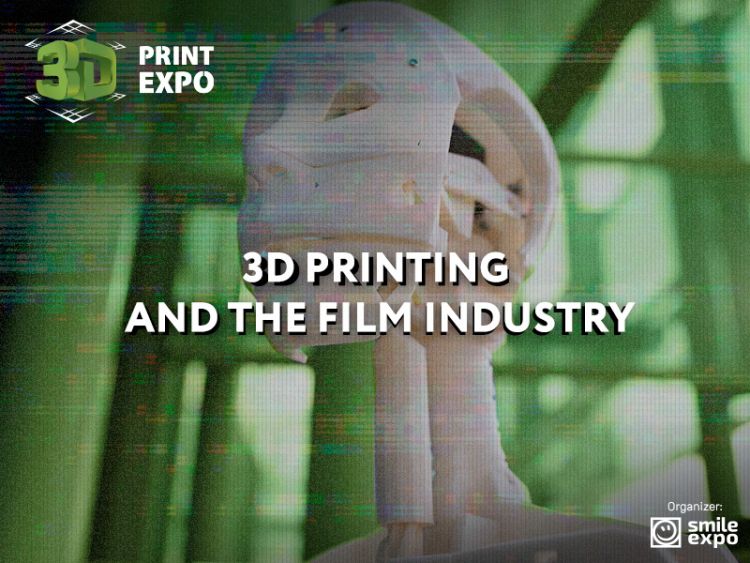3D printing in film industry

3D printing is changing the film industry. Today scenery, miniatures, and even elements of costumes can be produced quicker, more accurately, and cheaper. Of course, it does not mean that scene painters and designers have no work now. On the contrary, they have gained a new tool that in many ways excels common tools.
Blowing up a printed car is cheaper than a real one
In adventure movies, we often see spectacular explosions of various equipment: cars, airplanes, helicopters. In case real machines are used in the process of shooting, the budget of the film grows substantially. What if the producer fails to film the scene on the first take? Then expenditures are multiplied by two or even three times.
3D printed models, produced at a scale of 1:3, for instance, explode with the same dramatic effect, but at the same time save thousands of dollars. What’s more, they can be reproduced at a lower cost, as the most difficult part of the work is the drawing of a digital model on a computer. It is done only once. Further, the model is printed and final processing is done. It also takes efforts and time, but is cheaper than buying a real car, for example. Or designing a model using traditional analogue means.
Authors of Skyfall movie used the 3D printing technology for Bond’s car explosion scene. They assembled a car model at a scale of 1:3 from 18 printed parts. Their efforts were justified, as today the legendary premium-class car Aston Martin DB5 costs more than $400,000.

3D printing also helps to create miniatures of buildings that are destroyed or take part in panoramic shooting. Earlier model makers and designers worked with cardboard, gypsum, plywood, and wood; now they have a universal material – plastic used in 3D printing.
Scenery made over one night
3D printers revolutionized the production of scenery. Now unique objects and artefacts, unusual dishware, weapons, armor, and interior design items can be printed. It saves a lot of time especially if you need to produce several identical items. Now even the most meticulous hunter of goofs will not see the difference between two swords in different scenes, as items that were 3D printed using the same model are always identical in shape.

The film industry often uses plastic to print background scenery that appears on the screen passingly: for example, the filling of stacks in the room, table setting in the background. It requires the minimum of final processing and can be printed faster due to the low quality of the surface.
Forefront scenery takes more time to produce. After it is printed, it should be painted, varnished, grained. Nevertheless, 3D printers save much time and money for scene painters.
You can find 3D printed items in films that make up the gold portfolio of the world cinema. For example, The Hobbit features 3D printed elven swords, artefacts (the Key to Erebor), elements of armor (arm shields, helmets), and even parts of prosthetic makeup such as ears and noses of orcs. A spider was 3D printed for one scene of Harry Potter. In addition, Iron Man 2013 uses a 3D printed costume of the super hero. To achieve an ideal fit, designers of the model scanned the body of Robert Downey Jr.

Space for creativity
Ever since 3D printers are available to not only producing studios but also ordinary people, they are used in amateur cinema. For instance, in the Jurassic Park: Origin movie, which is filmed by fans inspired by the famous blockbuster about dinosaurs, all prehistoric animals are 3D printed models. The technology allows bringing amateur films to a new level, making them more complicated and spectacular.
Learn more about the capabilities of the modern 3D printing at the 3D Print Expo held at CEC Sokolniki! There you will find workshops on 3D printing, presentations of the latest 3D printers, and a possibility to meet with manufacturers.







